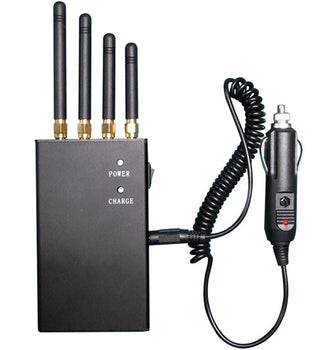The US military has launched a project for the next generation of jammers
When the Pentagon entered the "Next Generation Jammer" program, the Pentagon released the first batch of documents in 2004 with the goal of bringing drone jammer technology into the digital age. Originally used as an automatic capsule for the single-seat F-35 Lightning stealth fighter, the NGJ is slated for service in all three branches of the Army. However, facts have proved that the cost of this concept is much higher than expected, and the time-consuming and laborious F-35 plan can serve its purpose. Instead, the Pentagon eventually decided to focus on outfitting the Navy Growler with a new storage system, opting for Raytheon's plan for the big three competitors in 2013.
Although it is unlikely that the US military will deliberately attack the Russian military in Syria, this situation shows the importance of suppressing the enemy's air defense system. The key strategy the US Air Force has long relied on is radar jamming, or "they can't use friendly aircraft." hunt and shoot. "Noise" and false signals.

Although enemy radar capabilities have improved, the US Navy has relied on ALQ-99 GPS jammers for nearly half a century. However, early in the next decade it will launch a next-generation handheld jammer with excellent performance, boasting electronic attack and signals intelligence capabilities.
The powerful ALQ-99 tactical jammer first entered service with the US Navy in 1971 and was carried by the EA-6 Prowler. The EA-6 Prowler is a four-crew electronic fighter variant of the A-6 Intruder fighter aircraft. The US Air Force eventually added the faster and larger EF-111 Raven to Prowler, informally named Spark Varks because their cell phone jammers generate a lot of static electricity.
UAVs are controlled by radio in a specific frequency range, while GPS interceptors are used for autonomous driving. The anti-drone solution uses drone jammers to block control signals with high power radio signals. Another solution is to hijack the flying drone by sending spoofing signals via GPS or frequency control.













